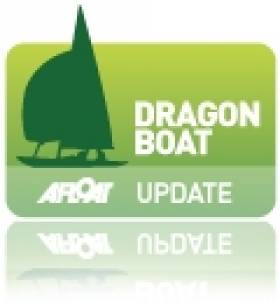Displaying items by tag: Brian Mathews
Ireland's Dragon Team ends World Championships in Top Half
Dun Laoghaire trio Andrew Craig, Mark Pettit and Brian Mathews finished in the top half of the 70-boat Melbourne based Dragon World Championships at Port Philip yesterday after a six race series of predominantly light winds.
Hopes of bettering Ireland's best ever result at a Dragon Worlds, a fourth place overall, achieved by Craig in Tasmania in 2003, were dashed with a string of mid fleet results. The Irish crews best finish was tenth in a highly competitive fleet to be 26th overall. RESULTS HERE.
The event was won by Brtiain's Lawrie Smith who has not sailed since his Last Volvo Ocean Race campaign in 1999. "This really is such a joyous way to come back. I honestly did not think we'd get the win. Then again, I also thought it was going to blow 25 knots each day!" said Smith at the prizegiving.
Dun Laoghaire Trio Stay Mid-Fleet at Dragon Worlds
Craig Opens Dragon Worlds with 19th
Craig, of the Royal St. George in Dun Laoghaire, rounded the first mark in the middle of the 73-boat fleet but managed to gain places on each leg of the windward leeward course to finish 19th. Racing continues this week. More HERE.
































































